7 Best Drinks For Intermittent Fasting, According to Nutrition Expert

Most of us have heard about intermittent fasting and its impressive benefits for weight loss, reduced inflammation, and improved blood sugar control. But confusion often sets in when it comes to what you can consume during your fasting window. Health coach Kait Malthaner, BSc Nutrition & Exercise, specializes in blood sugar control and insulin resistance, and she's here to clear up the confusion. Understanding what breaks your fast can be the difference between seeing results or undermining your efforts—read on to discover the seven drinks you can enjoy while maintaining all the benefits of your fast.
Understanding What It Means to Break a Fast
Breaking a fast means more than simply consuming food after a period of abstaining. It all depends on your fasting goals. "In broad terms, to break a fast means to conclude a period of fasting by consuming food, but there's a bit more to it than that. And it all comes down to why you are intermittent fasting," Kait explains in her post. Your definition of "breaking a fast" should align with your personal objectives, whether that's weight loss, improved insulin sensitivity, or autophagy.
Why Your Fasting Goals Matter
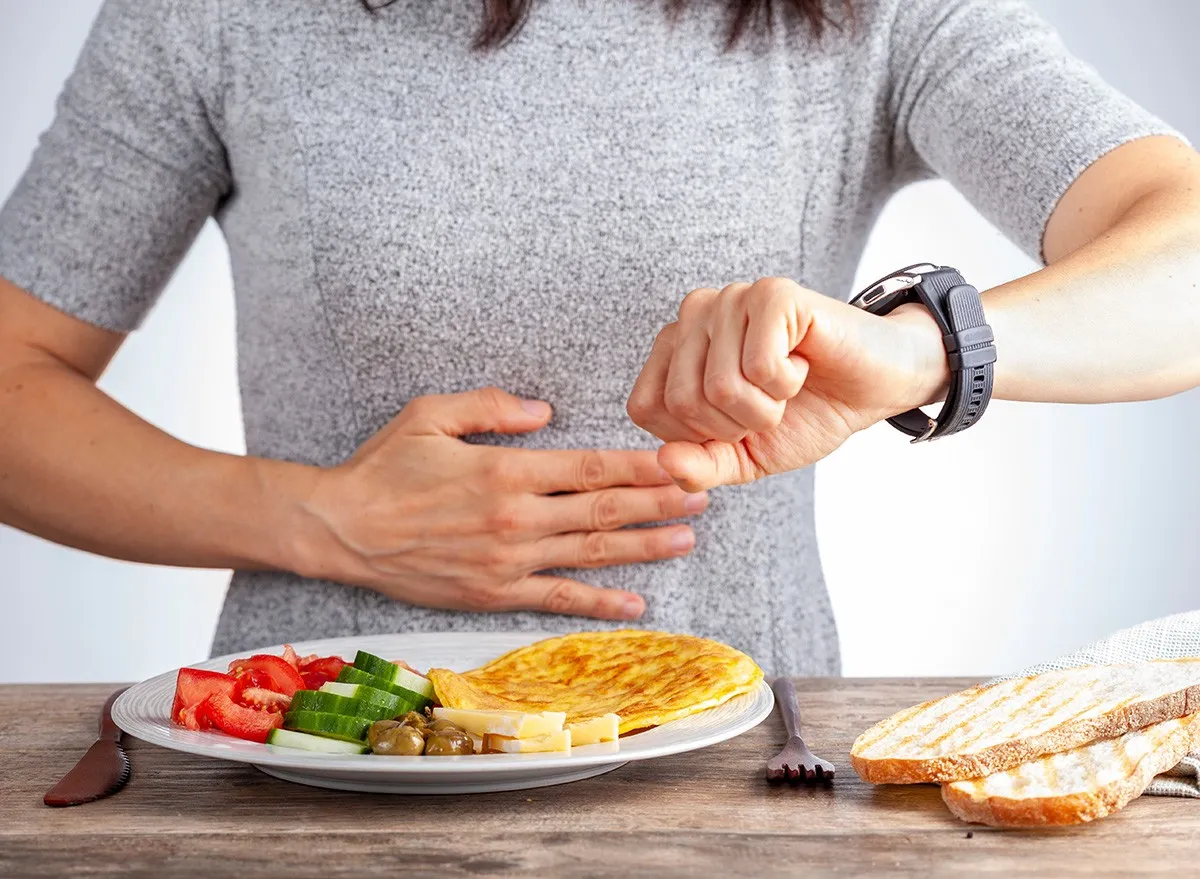
Your specific intermittent fasting goals determine what you can consume without breaking your fast. For autophagy—the cellular cleaning process—even minimal calories can interrupt benefits. "If autophagy is your main goal, then anything you consume beyond water and electrolytes will technically break your fast and reduce autophagy," says Kait. However, if you're fasting primarily for weight loss or blood sugar regulation, you have more flexibility in what you can consume during your fasting window.
How Insulin Impacts Your Fast
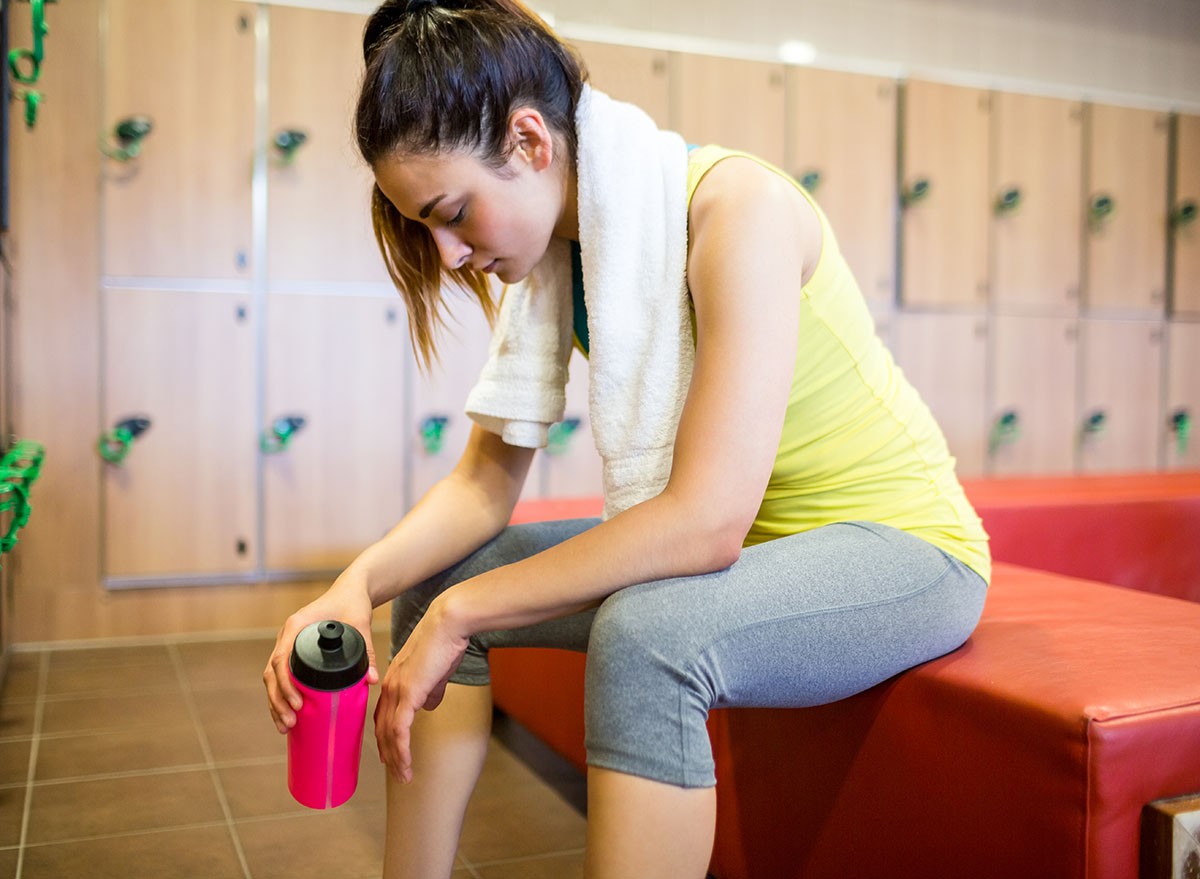
The key factor in determining what breaks a fast is how a substance affects your insulin levels. "What we want to look at here is if certain drinks impact our insulin because when insulin is low, blood sugar is low, and we're burning fat," Kait points out. When insulin rises, even slightly, many of the benefits of fasting diminish. Understanding this mechanism helps you make better choices about what to consume during your fasting hours.
Sweetened Beverages
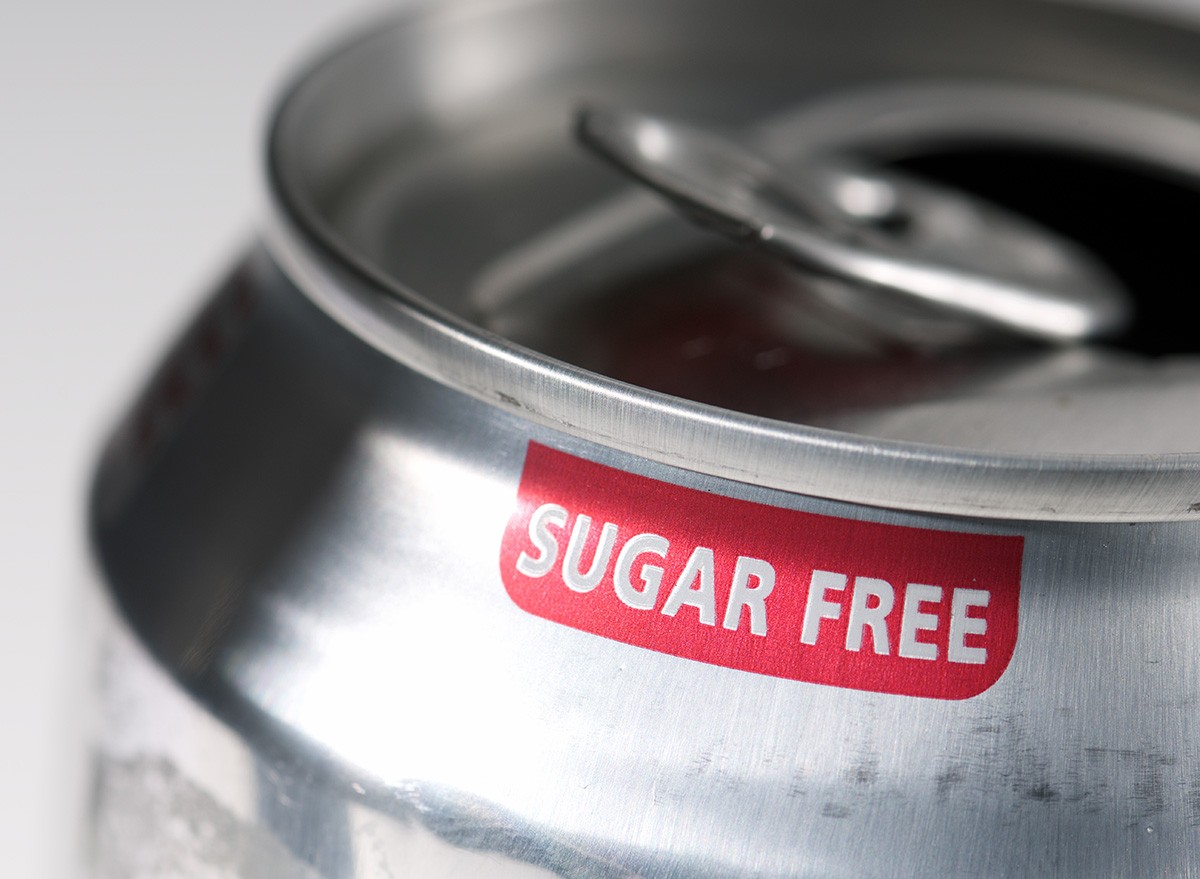
Diet sodas might seem like a safe bet with zero calories, but appearances can be deceiving. "While diet soda may have zero calories and zero sugar, this does not mean these drinks are healthy. Some of the sweeteners added to diet soda can spike your insulin significantly," warns Kait. Even just the taste of sweetness can trigger an insulin response, which means diet drinks do break your fast. This applies to any artificially sweetened beverages, even those marketed as "zero calorie."
Milk and Alternatives
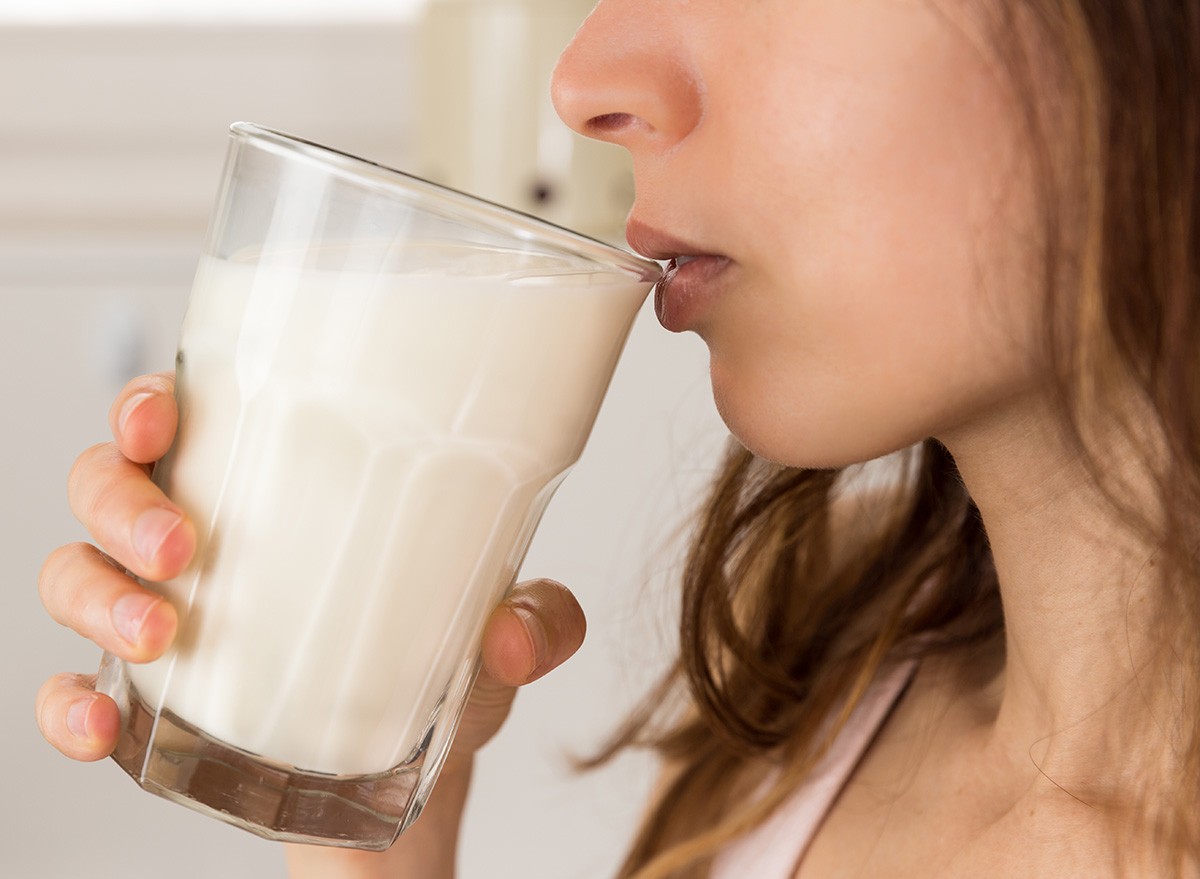
You might be surprised to learn that even unsweetened plant-based milks can interrupt fasting. "Milk will break a fast as it contains carbs, sugar, and protein. Almond milk and other milk alternatives will also break your fast for the same reason, even if they are unsweetened," Kait explains. The carbohydrates and proteins in these beverages trigger insulin release, which halts the fasting state. Even small amounts added to coffee or tea can be enough to impact your fast.
Protein-Based Drinks
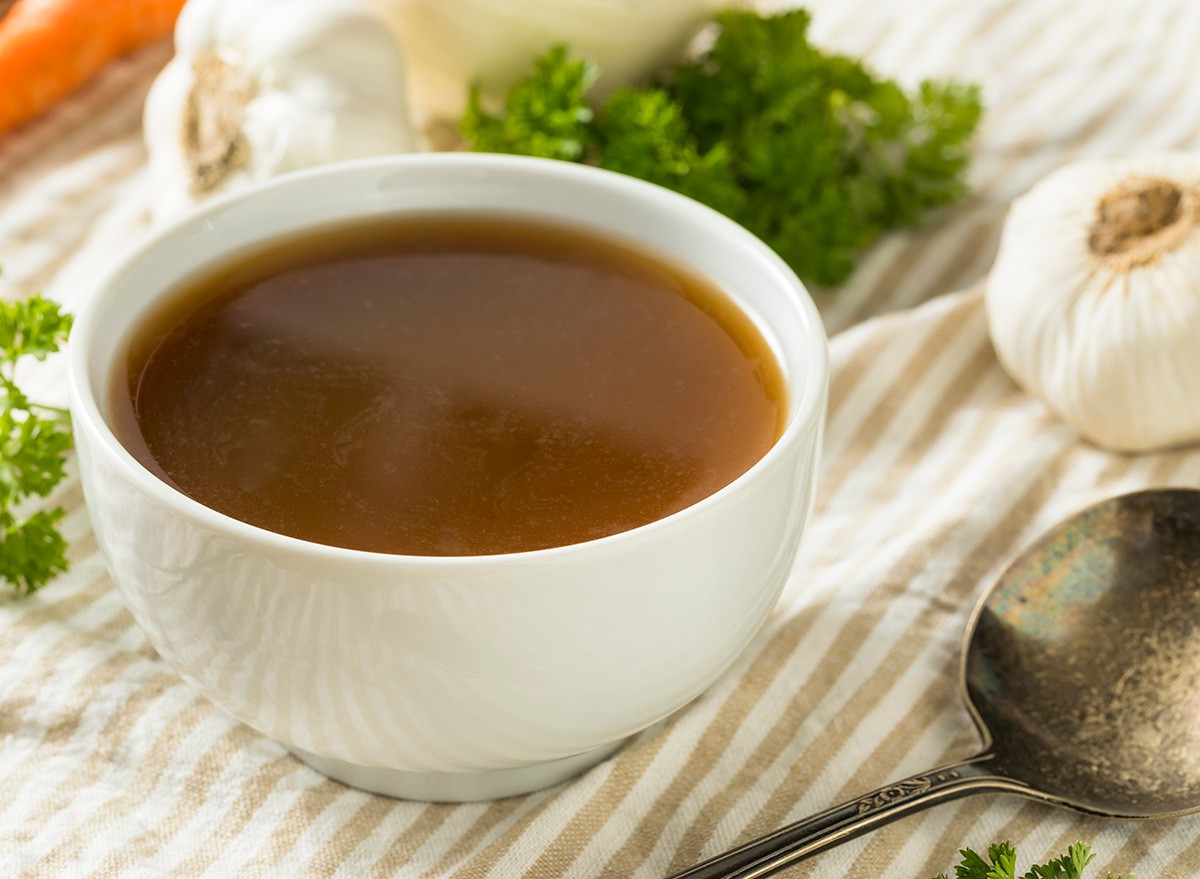
Protein supplements should be saved for your eating window. "While protein does not raise insulin as much as carbs do, it still does cause a rise, and this rise is more significant in people who are insulin resistant," says Kait. This means bone broth, protein powders, collagen supplements, and BCAAs all break your fast. These should be consumed during your eating window to maintain fasting benefits.
Herbal Teas and Kombucha
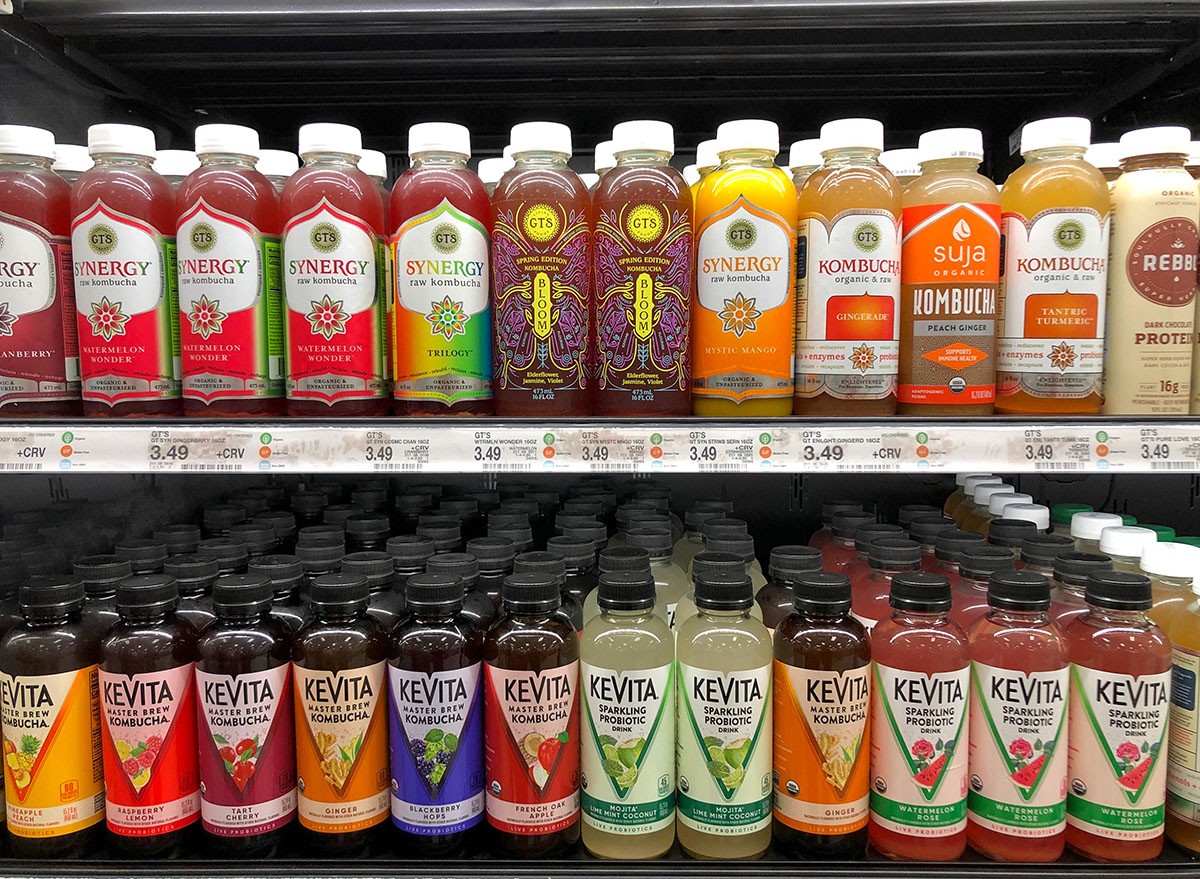
Be careful with your tea selection during fasting. "A lot of herbal teas contain dried fruit, which contains carbs and sugar and will break a fast," Kait cautions. Similarly, kombucha might seem like a healthy option, but it's not fasting-friendly. "Although it is low in calories, it does contain carbs and sugar and will break your fast," she explains. Always check ingredients carefully before assuming a "health" drink is fasting-compatible.
Water and Electrolytes
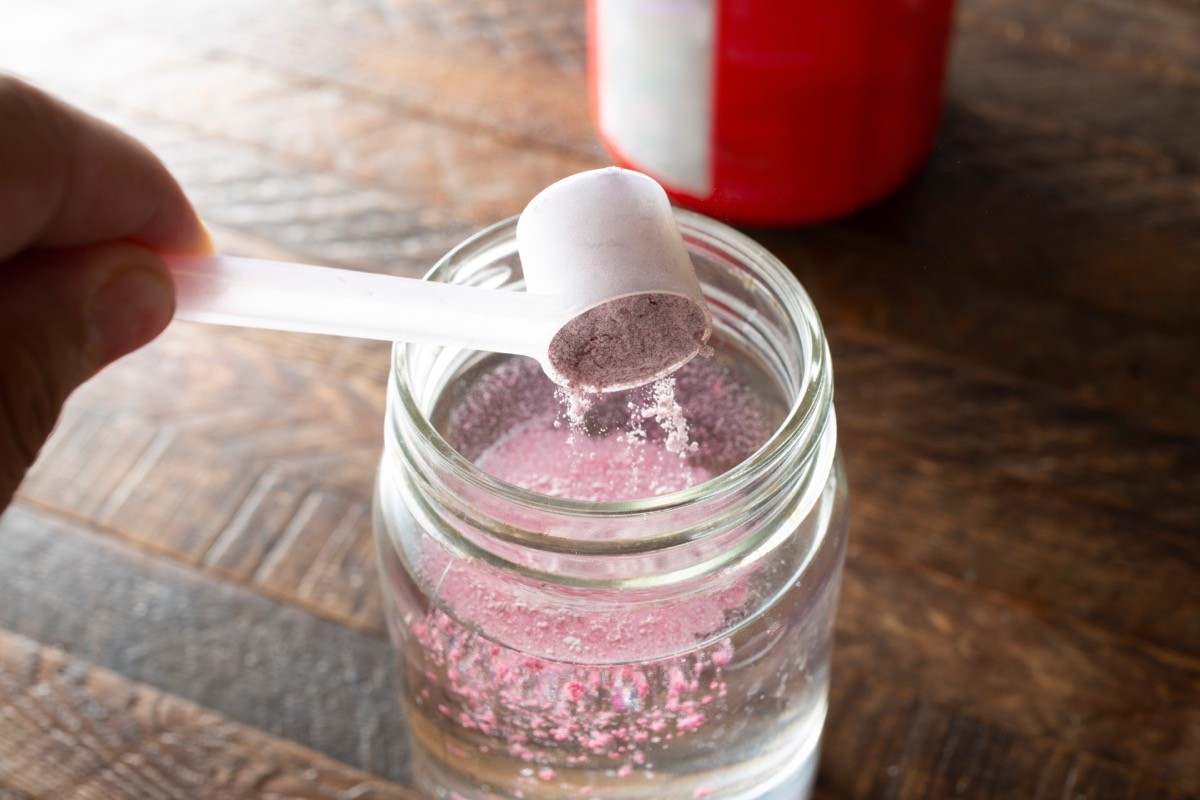
The most essential drink during fasting is simple water. "Regular water will not break your fast, and you should drink it during your fasting window," Kait advises. You can enhance your hydration by adding electrolytes: "A bonus tip is to add a pinch or two of salt into your water to get some extra electrolytes, which can make fasting a whole lot easier." This simple addition can help combat headaches and fatigue while maintaining your fasting state.
Black Coffee and Tea

Good news for coffee lovers—your morning brew can stay. "Black coffee does not break a fast as it has no impact on insulin," says Kait. The same applies to certain teas: "Natural teas such as green tea and peppermint, with no added sugar of course, will not break a fast." These beverages can actually enhance your fast by providing small amounts of caffeine, which can suppress appetite and boost metabolism while maintaining the fasted state.
Sparkling Water
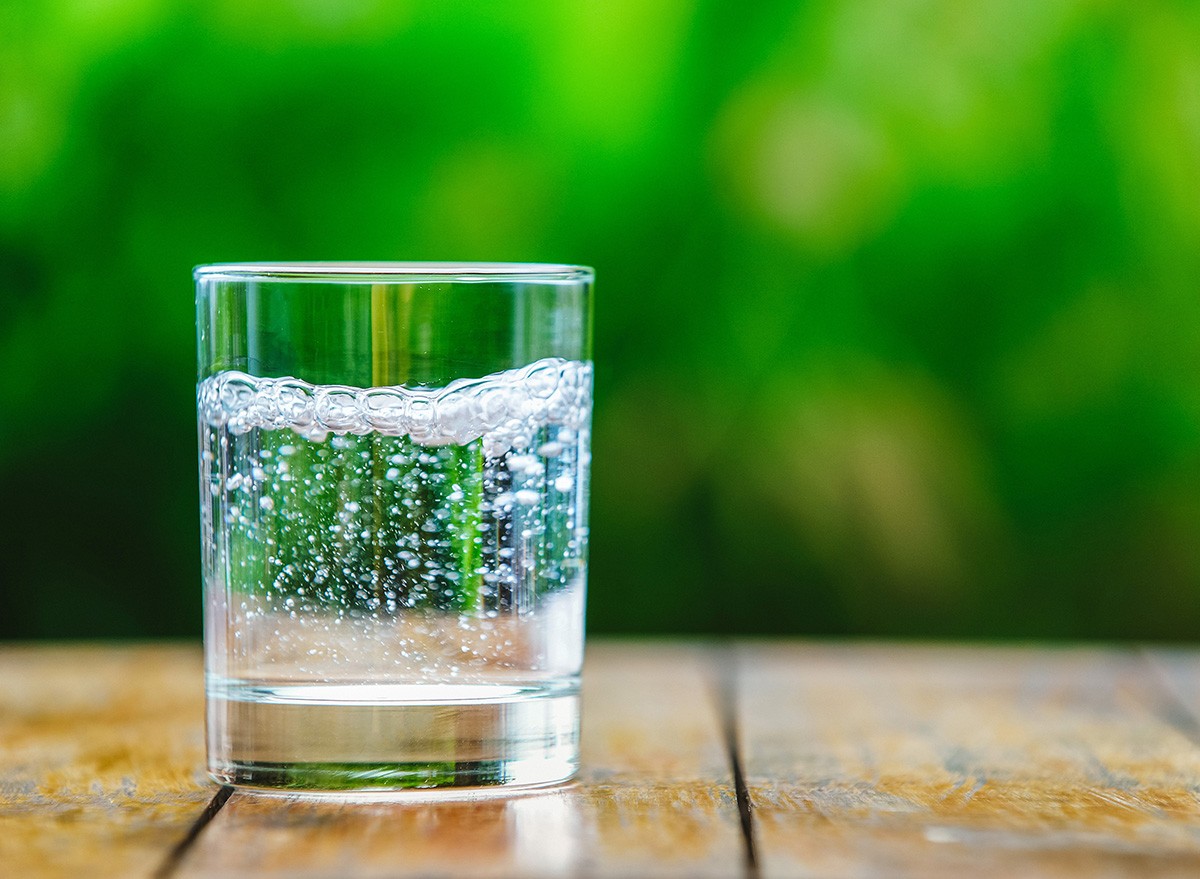
If you're tired of regular water, you have another option. "Unflavored sparkling water will not break a fast, and can be a great way to mix things up if you're tired of still water," Kait shares. The carbonation might even help you feel fuller temporarily, making your fasting window more manageable. Just make sure it's unflavored and doesn't contain artificial sweeteners that could trigger an insulin response.
Apple Cider Vinegar
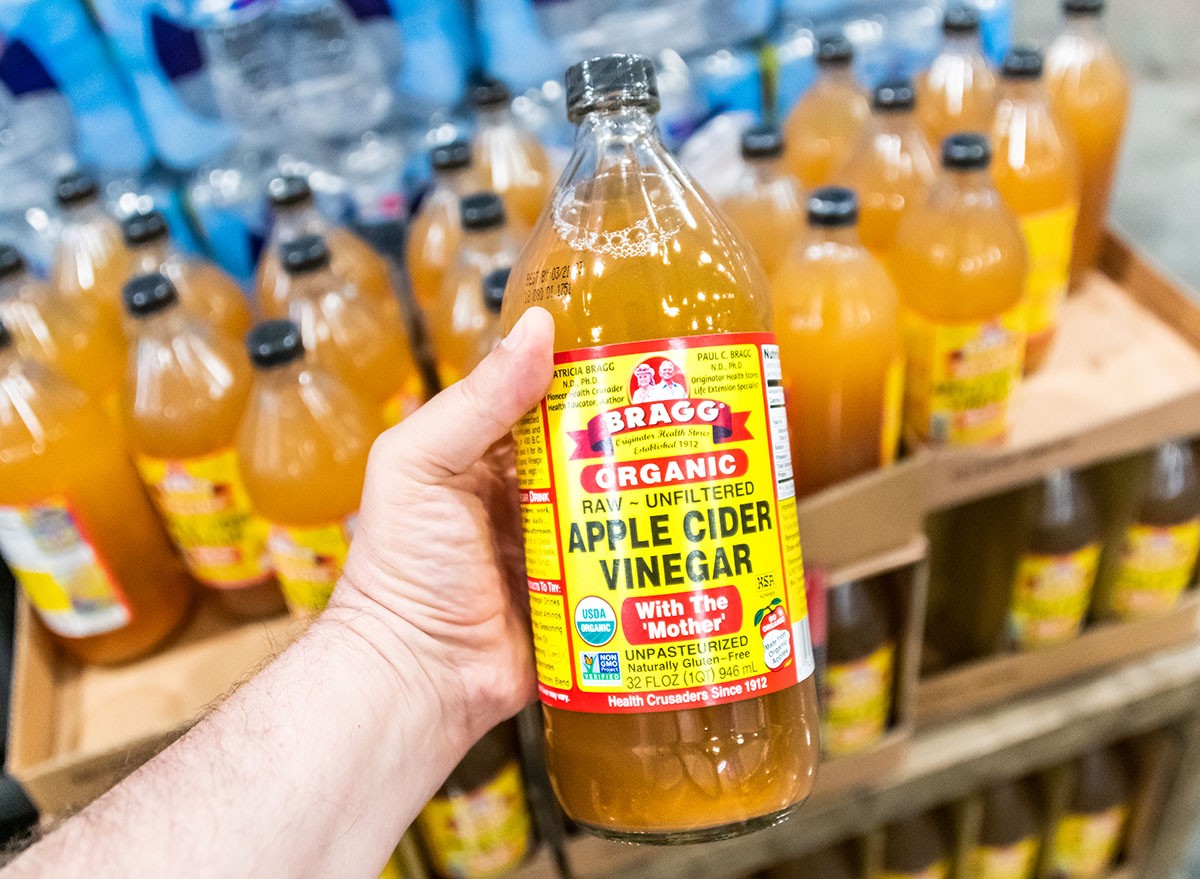
Apple cider vinegar is a fasting-friendly addition to your regimen. "Apple cider vinegar is one thing I am asked about frequently, and no, it will not break your fast," confirms Kait. Small amounts can be added to water to provide flavor without interrupting your fast. Some research even suggests it might improve insulin sensitivity, potentially enhancing your fasting benefits.
Lemon Water
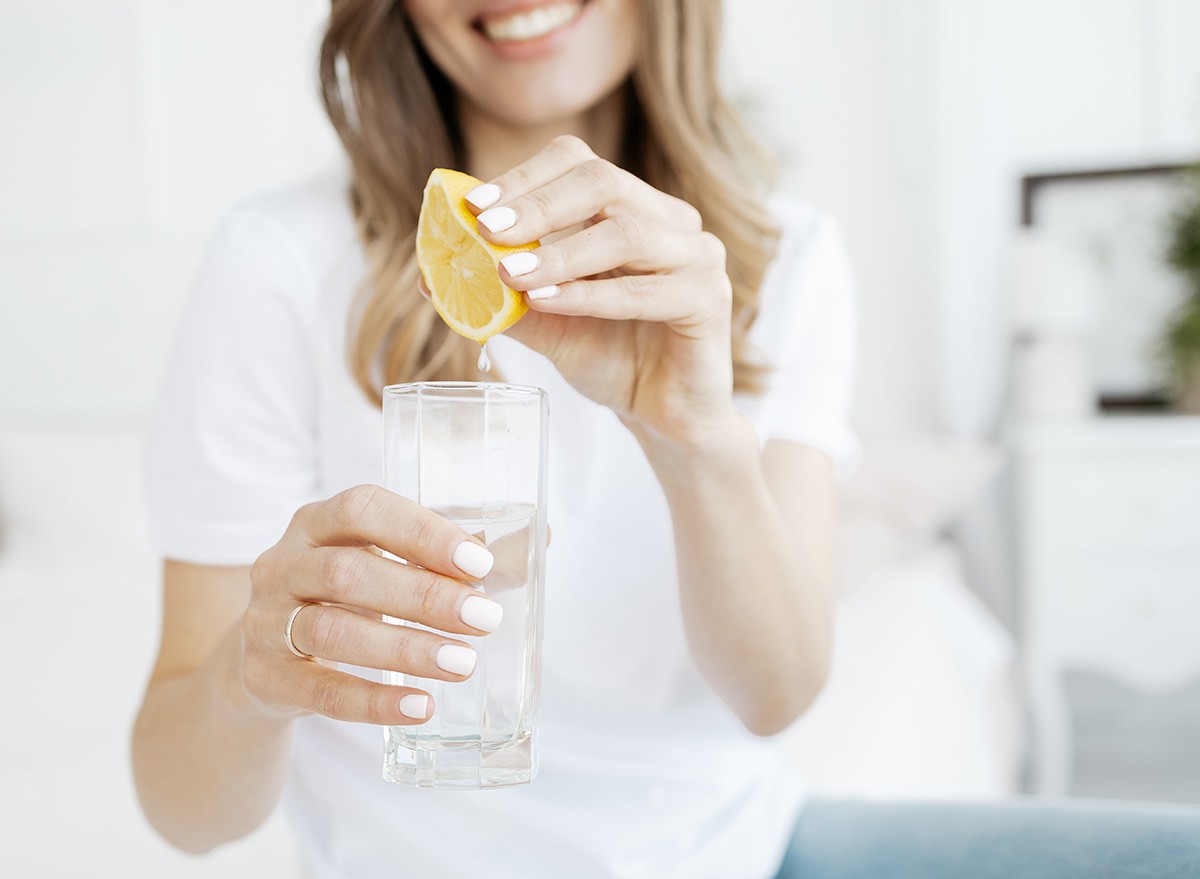
Adding a splash of citrus to your water is perfectly acceptable. "A squirt of lemon juice in water will also not break a fast," Kait explains. The minimal amount of carbohydrates in a small amount of lemon juice isn't enough to trigger significant insulin release. This simple addition can make plain water more appealing during longer fasting periods while providing a small amount of vitamin C.
The Bulletproof Coffee Controversy
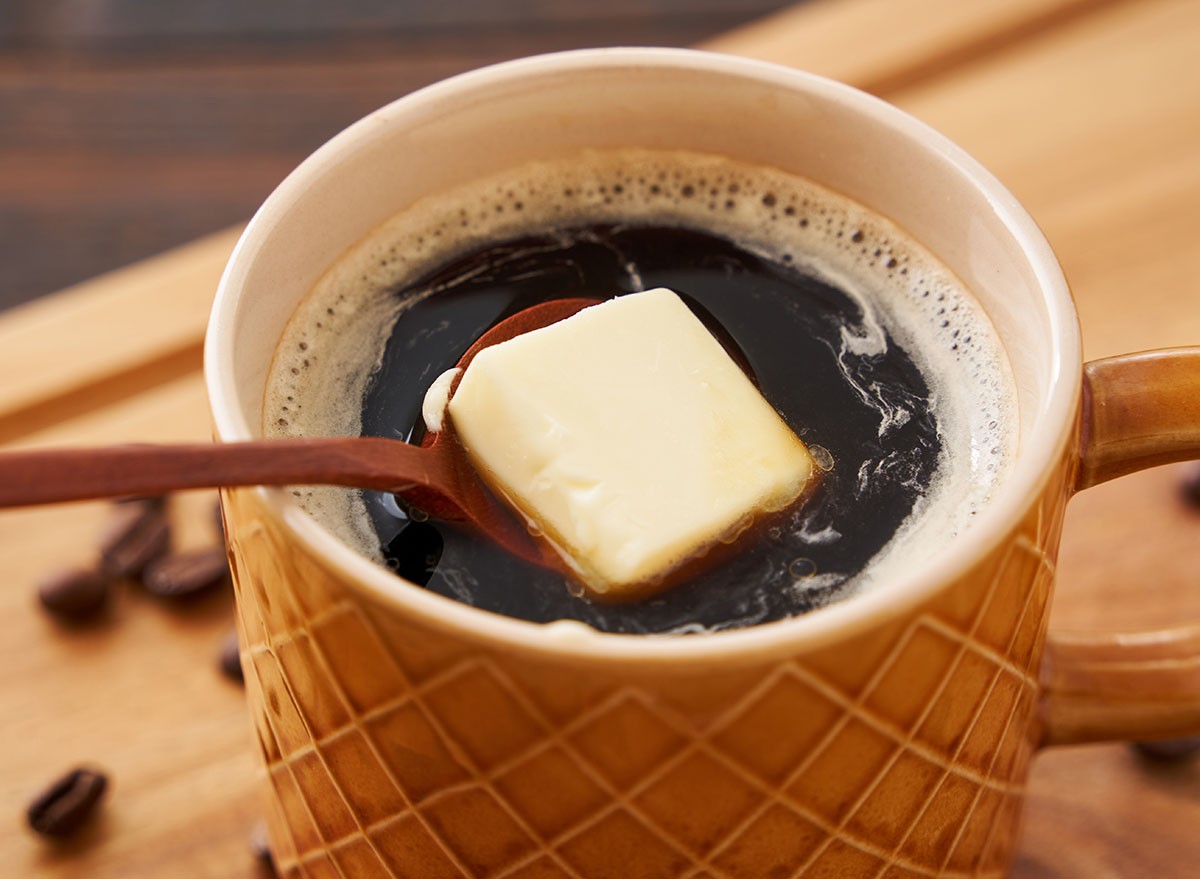
Bulletproof coffee sits in a gray area of fasting. "This one is a bit controversial. Depending on what is in your bulletproof coffee and how much can of course make a difference," Kait admits. Pure fats like MCT oil and small amounts of butter or heavy cream may not significantly impact insulin. "If you have a small amount of MCT oil, that will not break your fast. MCT oil actually enhances certain benefits of fasting," she explains. However, she cautions against going overboard with additions.
How to Use Bulletproof Coffee Correctly
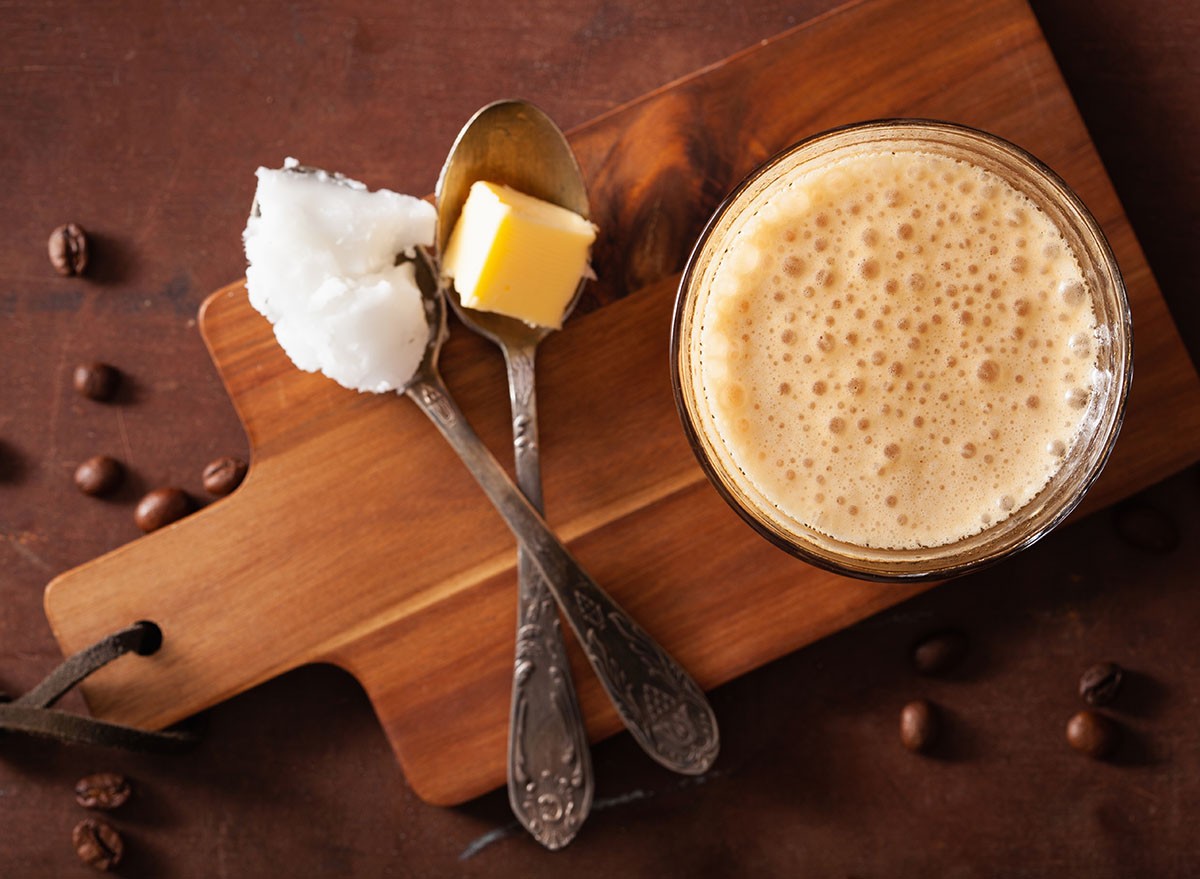
If you choose to include bulletproof coffee in your fasting regimen, moderation is key. "A bulletproof coffee with a tablespoon of MCT oil and a tablespoon of butter, probably fine. Again, if your goals are relating to weight loss, insulin sensitivity, and blood sugar regulation," says Kait. Remember that bulletproof coffee should serve a purpose: "The thing with bulletproof coffee is it is meant to replace a meal. You drink it in the morning and it helps you push your first true meal until later in the day. If it's not doing that for you, then it's not benefiting you."
Your Fasting Drink Guide
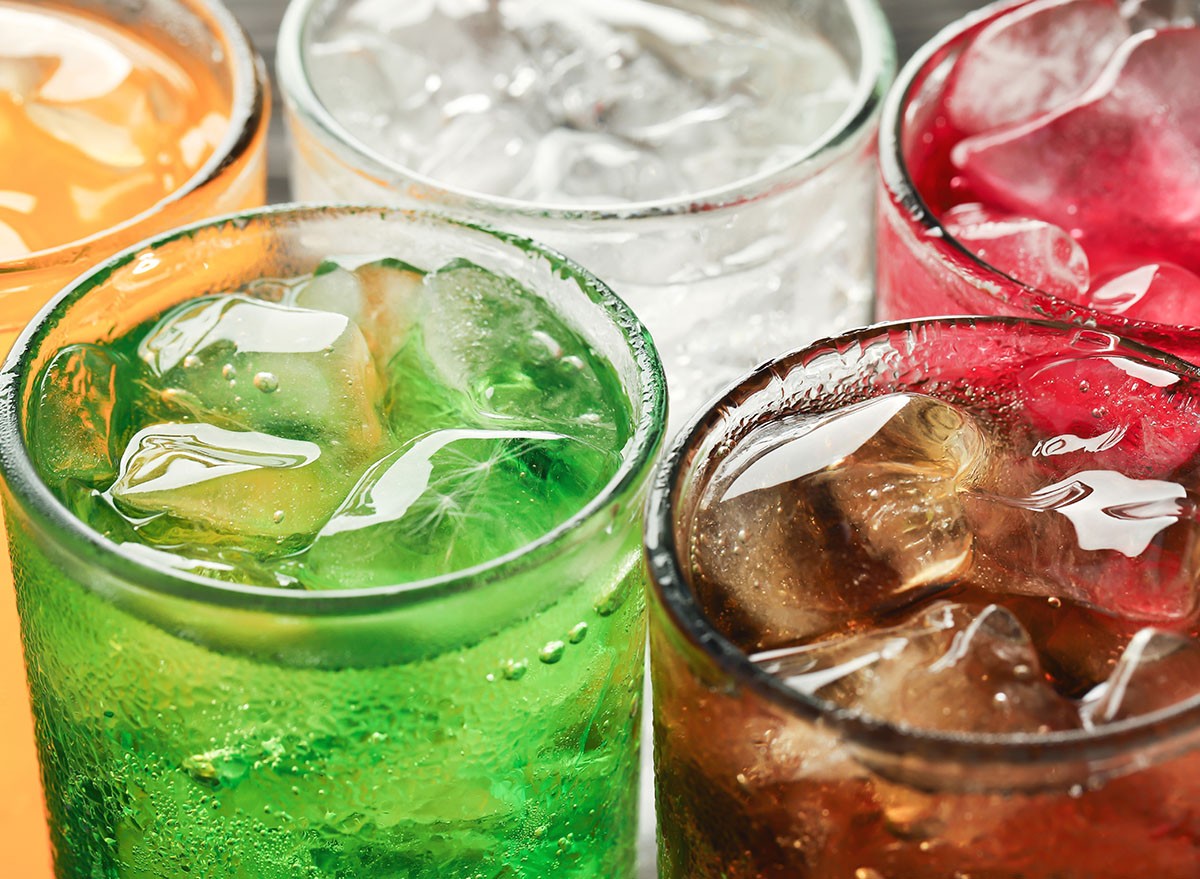
The golden rule for fasting-friendly drinks is simple. "Anything that contains carbs, sugars, or protein will stimulate insulin and will break your fast, as well as anything that is sweet tasting. Any low calorie drinks that do not trigger insulin are fair game, and fat in small quantities is probably okay as well," Kait summarizes. Using this framework, you can make informed decisions about what to consume during your fasting windows while preserving the health benefits you're working toward.And if you enjoyed this article, take advantage of these 15 Quick Ways to Lose Body Fat Percentage in a Week.




